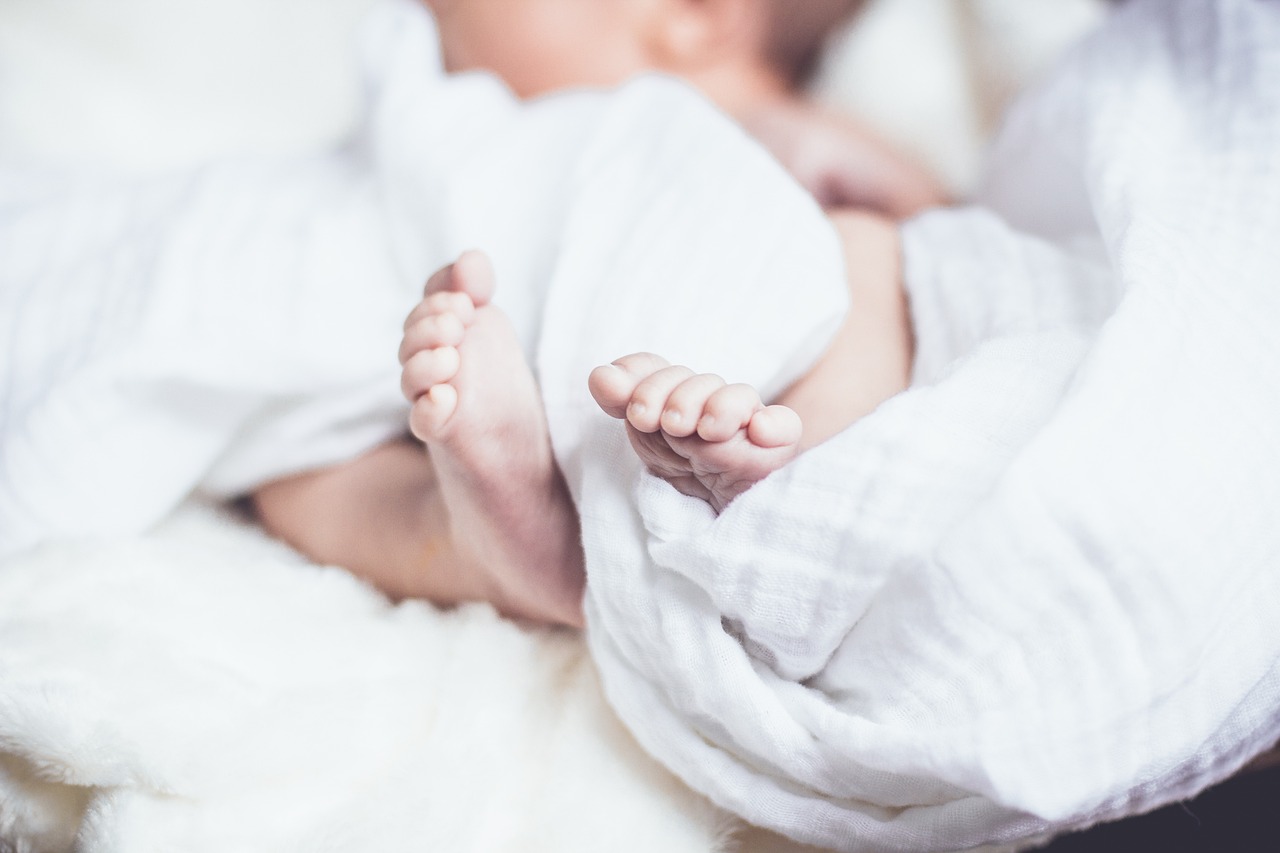CARE AFTER BIRTH
Once you have given birth, and both you and baby are stable, you will be transferred from the Labour & Delivery Unit to the Women’s & Children’s Inpatient Unit (A6).
This unit offers three room options:
All rooms come with the following: an adjustable bed, a bassinet for the baby, a bathroom/shower, storage space for personal belongings, privacy curtains, and a television. If you would prefer a semi-private (two people/room) or private room, you can request this when you arrive at the hospital in labour. We will do our best to accommodate your request, however there are limited private and semi-private rooms.
ARRIVING WITH YOUR NEWBORN
After being transferred from Labour and Delivery, the nurses on the Women & Children Inpatient Unit will provide you with post-partum support. Your baby will remain in the room with you during your stay unless the baby needs special medical attention or is receiving standard newborn screening.
All infant patients will be fitted with a Hugs® ankle monitor throughout their hospital stay. This means that if an infant patient is brought within a certain distance of an exit (including elevators) while wearing a monitor, the exit will be automatically locked down and if an infant patient wearing a monitor passes through an open exit, an overhead alarm will be activated. Please ask your nurse if you have any questions.
NEWBORN SCREENING
Shortly after birth, standard newborn screening is done to look for treatable diseases that usually show no symptoms in the newborn period. Early detection through newborn screening (NBS) can prevent serious health problems and save lives. NBS is completed 24 hours after birth and the results are sent to your family practitioner and the Health Centre. Learn more about the process of newborn screening in Ontario. Other tests include:
POSTPARTUM CARE & NEWBORN TEACHINGS
The interprofessional healthcare team on the Women & Children Inpatient Unit are very knowledgeable and skilled in evidence-based postpartum care. Your primary nurse will support you during your stay with postpartum and newborn teachings.
Learn more about breastfeeding and the support offered through PRHC.
Beginning this fall, Peterborough Regional Health Centre (PRHC) will provide a Respiratory Syncytial Virus (RSV) preventive antibody immunization to all newborns born at PRHC between October 2024 and April 2025 to protect against serious illness caused by RSV. Learn more about the new infant RSV program at PRHC.
NEONATAL INTENSIVE CARE UNIT
Following delivery, your baby may be sent to the Neonatal Intensive Care Unit (NICU). This is a nursery that provides care for newborns that require specialized nursing care, including those who are born as much as eight (8) weeks early.
PRHC’s NICU visiting policy has recently been updated to the following:
- Two visitors/caregivers are currently permitted for a patient in the NICU. Visitors under the age of 18 must be accompanied by a parent.
- Visitors aged 5+ are asked to wear a mask to protect patients on the unit.
Please self-screen for respiratory illness and clean your hands prior to entering the unit.
Learn more about our level 2B NICU here: Welcome to the NICU
PREPARING TO GO HOME
It is our general practice for patients to be discharged approximately 24 hours after an uncomplicated vaginal birth. Patients who had a caesarean birth (also known as a c-section) are typically discharged 48 hours after birth. The length of stay varies based on individual needs. Your healthcare team will coordinate your discharge.
You will be asked to complete the Ontario Health Coverage Infant Registration form. Hospital staff or the registered midwife will give you the form. On the form you must:
The hospital or midwife will submit the top part of the form on your behalf. Keep the bottom section of the form until you get your baby’s Ontario Health Card. It shows the health number assigned to your baby.
Your baby’s new Health Card will be mailed within eight (8) weeks of the date it’s submitted.
When a child is born in Ontario, their birth needs to be registered with the Government of Ontario, within 30 days. Register your newborn online with the 5-in-1 newborn bundle. In one transaction, you can:
Registration is free and can be done online or by mail. To register, you will need:
RESOURCES
Perinatal Loss
All families that have experienced perinatal loss, are invited to our candle-lighting ceremony on the second Tuesday of December. For questions about this event, please contact our department at extension x. 5036.


